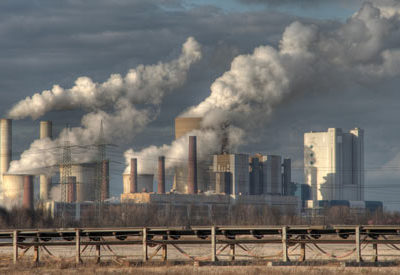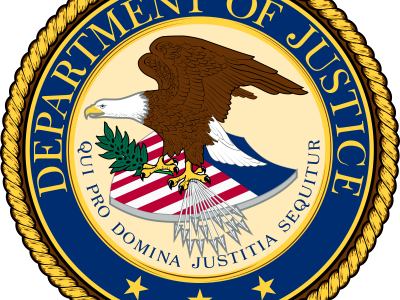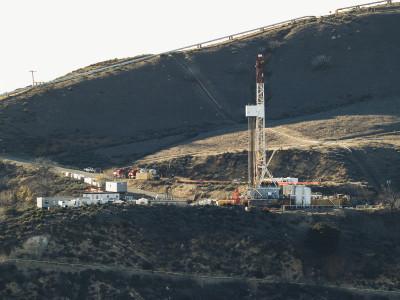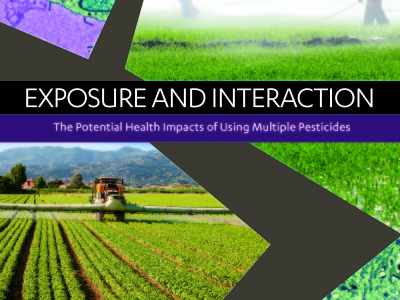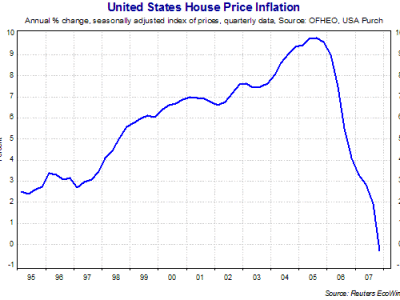Regulatory Policy
Creating An Exit Strategy for Our Use of Natural Gas
To meet long-term greenhouse gas reduction goals, all fossil fuels have to go, even natural gas.
Coal is the climate’s Public Enemy #1. The use of natural gas has helped to ensure that the coal problem has not become even worse. Without natural gas, we would use more coal for space heating and for many more industrial processes than is currently the practice. Without natural gas, our reliance on coal for …
Continue reading “Creating An Exit Strategy for Our Use of Natural Gas”
CONTINUE READINGThe Supreme Court Vacancy and EPA’s Mercury Rule
The rule limiting toxic pollution from coal plants now has a rosier future.
Among the many ramifications of the current vacancy on the bench, its effect on the EPA’s mercury rule seems to have escaped much attention. It may already have helped EPA defeat an effort by states to get a stay from Chief Justice Roberts. But it has much broader significance. Some background: The Supreme Court, in a …
Continue reading “The Supreme Court Vacancy and EPA’s Mercury Rule”
CONTINUE READINGSan Jose’s Inclusionary Housing Ordinance Dodges Supreme Court Bullet
Justices Deny Review of California Supreme Court Decision Upholding San Jose Measure
Advocates of the City of San Jose’s controversial inclusionary housing ordinance, which was upheld in a 2015 California Supreme Court decision, are breathing a sigh of relief this week. That’s because the U.S. Supreme Court has denied the California Building Industry Association’s petition for certiorari in the case. But the available evidence suggests that the High Court …
Continue reading “San Jose’s Inclusionary Housing Ordinance Dodges Supreme Court Bullet”
CONTINUE READINGEnvironmental Enforcement in the Age of Trump
Is it time for a retributive turn in environmental law?
Many thought that the BP Oil Spill would lead to new environmental legislation, as happened after past environmental disasters. That didn’t happen. But something else did happen: BP paid $24 billion in civil and criminal penalties. In an era where any effort at government regulation is immediately denounced as a dire threat to liberty, …
Continue reading “Environmental Enforcement in the Age of Trump”
CONTINUE READINGRisk Subsidies and the Future of Nuclear Power in the U.S.
Should We Take Into Account Government Subsidies that Reduce the Risks Borne by the Nuclear Industry as We Consider Our Energy Future?
As I’ve written about before, U.S. law massively subsidizes the nuclear power industry. In particular, a law called the Price-Anderson Nuclear Industries Indemnity Act dramatically skews the incentives to develop nuclear plants, and to site them in places where there is a lot of risk, because it requires the public to bear much of the …
Continue reading “Risk Subsidies and the Future of Nuclear Power in the U.S.”
CONTINUE READINGLessons from Aliso Canyon, Part II
Leaks in Regulation
Today, Southern California Gas announced it has successfully and permanently stopped the methane leak at its Aliso Canyon storage site. This marks the (fingers-crossed) end of a multi-month environmental crisis in northwest Los Angeles, causing residents to move and schools to close. Earlier this month, I blogged about the possible lessons we could learn …
Continue reading “Lessons from Aliso Canyon, Part II”
CONTINUE READINGThe Tricky Problem of Cumulative Exposures
A new UCLA report finds reason to be concerned about cumulative risk, and notes that under CA law regulators are required to act
We are all exposed to hundreds, if not thousands of chemicals through consumer products, air pollution, drinking water, and occupational exposures, just to name a few. Yet chemicals and pollutants are largely assessed and regulated individually. Increasingly, environmental health professionals have been attempting to grapple with assessing the risk of exposure to multiple chemicals. New …
Continue reading “The Tricky Problem of Cumulative Exposures”
CONTINUE READINGReflections on the Coastal Commission’s Implosion
The Implications of the Decision to Fire Charles Lester – and the Decision Not to Explain It
As Rick Frank insightfully discussed earlier this week, the California Coastal Commission has fired its former executive director, Charles Lester. Readers interested in more background information and analysis should read Rick’s post, as well as the excellent reporting by Tony Barboza and others from the LA Times. (And anyone who wants to hear about it …
Continue reading “Reflections on the Coastal Commission’s Implosion”
CONTINUE READINGCalifornia Coastal Commissioners Fire Executive Director Charles Lester
Personnel Dispute is Commission’s Biggest Political Controversy in Over a Decade
Following months of public controversy and a marathon 10 1/2 hour hearing Wednesday in Morro Bay, a closely-divided California Coastal Commission voted to fire its Executive Director, Charles Lester. The Commission vote to remove Lester was 7-5. Lester, who as Executive Director has led the Commission staff for the past 4 1/2 years, is the …
Continue reading “California Coastal Commissioners Fire Executive Director Charles Lester”
CONTINUE READINGThe Puzzling Persistence of Takings Litigation
Litigation rates dropped by only a little even when the real estate market collapsed.
Takings litigation is a bit of a puzzle. You would expect the amount of litigation to go up and down depending on the situation in the real estate market. If there’s a lot of new construction, there are more opportunities for conflict between developers and regulators. And if prices are high, so are the economic stakes, …
Continue reading “The Puzzling Persistence of Takings Litigation”
CONTINUE READING




